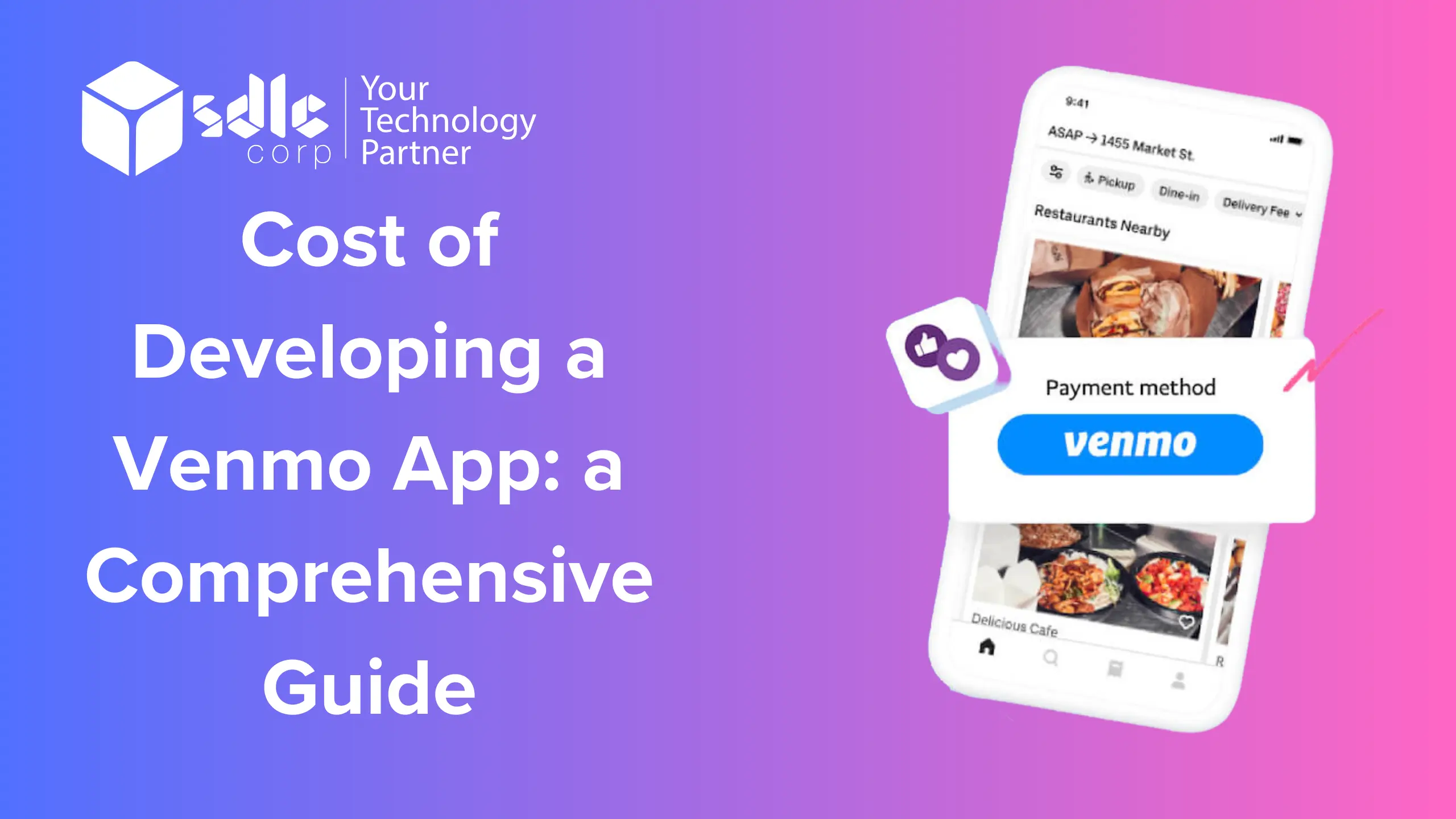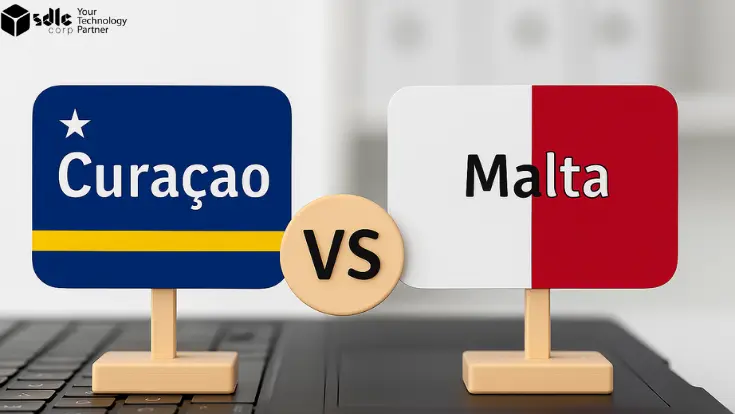Cost of developing a venmo app a comprehensive guide
Cost of Developing a Venmo App: Venmo is a simple method to pay your friends, roommates, and family members using your mobile device. This software allows people to send money to one another and create profiles so you can quickly figure out who owes you what when you split the bill with friends or shop online from people that won’t ship your items unless you pay them first (a practice known as check-n-go).
Venmo makes money transfers between two people easy, fast, and entertaining with social features like Facebook integration and one-click payments that don’t require any login information.
According to BusinessOfApps, Venmo processes over 700 million payments and generates significant revenue. Over $200 billion in costs were completed in 2021, along with $850 million in income, representing the fastest growth rate in four years.
Peer-to-peer payments have become a popular way for people to transfer money to each other, whether it’s splitting a restaurant bill, paying rent, or sending money to a friend. One of the most widely used payment apps in the United States is called Venmo, allowing users to make quick and easy transactions from their mobile devices.
In this blog, we’ll look closer at the development of a Venmo app, including the costs and important considerations.
What is Venmo?
Peer-to-peer payments can be made using the mobile payment software Venmo. It was founded in 2009 and was acquired by PayPal in 2013. The app will enable users to connect their bank account or credit card and then send and receive payments from their Venmo balance or linked accounts.
Venmo is widely used for splitting bills and expenses among friends but also for e-commerce transactions, mobile payments, and online payments. The app is free, but there are fees for particular transactions, such as instant transfers to a bank account.
How Does Venmo Work?
Users can connect Venmo to a debit or credit card account or a checking account after installing the Venmo program from the Apple Store or the Google Play store. Once enrolled, a Venmo user can immediately begin exchanging money with any other Venmo user.
Venmo acts as a middleman between two accounts of users undertaking peer-to-peer transactions. Let’s imagine this situation; John agrees to sell the bracelet to Jay for $70. John transfers the funds to Jay via Venmo, which increases Jay’s Venmo balance by $70 while lowering John’s Venmo account by the same amount. Either party pays no fees.
In this sense, the Venmo balance is an electronic ledger that tracks money transferred over the Venmo network. Venmo funds are not physically in the user’s hands as long as they are deposited into the recipient’s bank account.
Discover the cost of developing a Venmo app! Get your guide now.

Key Features of a Venmo App
When developing a Venmo app, many key features must be included to make it functional and user-friendly. Some of the most important features include the following:
1. P2P Money Transfer
The capacity to transfer money from one person to another is a crucial feature of a Venmo-like service. It is possible to enter the debit card details for the account receiving the funds, the amount you wish to send, and the currency in which it should be sent. Every transaction is conducted over a secure connection with no transaction limits.
2. Mobile Wallet
A digital wallet lets users store payment information like credit card details and bank account numbers. This allows for easy and secure payments from a mobile device.
3. Payment Gateway
A payment gateway is a tool that lets transactions between an app and a user’s bank account or credit card happen safely. For example, Venmo uses PayPal as its payment gateway.
4. Payment Processing
Payment processing refers to authorizing and capturing transactions. This includes verifying the user’s identity, ensuring sufficient funds, and settling the trade. (Read more about Business Networking App: Cost, Features, and Factors)
Explore our other insights!

How Much Does It Cost to Develop an App Like Wattpad?
Scrolling through an endless feed of captivating stories on your phone has become second nature to millions of

How Much It Cost to Develop a SaaS Application on AWS?
The demand for Software as a Service (SaaS) applications has skyrocketed in recent years. As businesses move away

The Cost of Developing a FinTech App
In today’s digital economy, innovation is transforming financial services—driven largely by the rise of FinTech apps. From mobile
5. Secure Transactions
Security is a top priority for payment apps. For example, Venmo uses encryption and other security measures to ensure that transactions are safe and secure.
6. Chatbot Assist
People who use your app may require immediate assistance. The most convenient approach to provide that assistance is through a chatbot.
A chatbot can communicate with your clients to answer frequently asked inquiries and solve common problems. For example, chatbots can be built to give promotions, answer price questions, and perform other duties that are critical to the operation of a business but could be more time-consuming or more complicated for people to accomplish efficiently.
7. Payment Integration
A Venmo app must integrate with various payment systems, including banks and credit card companies, to facilitate transactions.
Turn ideas into captivating apps! Start your transformation today.

8. Crypto Payments
Digital currency values are rising. Cryptocurrency is expected to grow 56.4% from 2019 to 2025. As a result, many businesses accept Bitcoin payments.
If you develop a cutting-edge app with capabilities like this, letting consumers pay in cryptocurrency may be worth it. But, unfortunately, this may be expensive to create. Mobile payment apps are many. Your app needs unique features to attract clients.
Venmo integrates social feeds. It lets users submit “payment” updates to their “friends’ feeds.”
Users loved features like this when the app was released in 2009. Then, Braintree, a PayPal subsidiary, bought it for $26.2 million.
Create a unique app idea your target audience will like to achieve similar market success.
Cost of Developing a Venmo App
The cost of developing a Venmo app can vary greatly depending on some factors, including the features and functionality, the complexity of the app, and the development team’s hourly rate. The following are some of the primary variables that can affect the price:
1. Pick the Best Development Platform
Before developing a mobile app, you must select a development platform. Although the most popular platforms are Android and iOS, hybrid platforms such as React Native can target both platforms with a single codebase. Each forum has advantages and disadvantages; you must decide which is best for your project.
2. Hybrid Apps
Hybrid apps are compatible with several operating systems (OS), including Android and iOS. Its development tools are based on writing a single program and deploying it to all of the desired operating systems. This saves time, money, and effort.
React Native, Xamarin, Adobe PhoneGap, and Ionic are famous examples of Hybrid App Technologies.
3. Native Application
Native apps are created using a programming language specific to the platform, such as Objective C for iOS or Java for Android. These programs are popular with other developers since they are speedy and dependable.
Swift, Java, C++, PHP, PhoneGap, and HTML5 are the most widely used Native App Technologies.
4. Cross-Platform Apps
Cross-platform programs work with a variety of operating systems. So it’s comparable to hybrid apps, but they’re not the same.
There are numerous cross-platform applications available on the market that can provide native-like performance. In addition, the development procedure is shorter than that of the native. (Read more about Understanding the Budget for Mobile App Development by App Type)
5. Development Team
The development cost will depend mainly on the hourly rate of the development team. Rates can vary greatly depending on the experience and location of the group.
6. Features and Functionality
The cost will also depend on the app’s features and functionality. For example, more complex features like real-time payment processing require more development and price.
7. Design and User Interface
The design and user interface of the app are also essential considerations. A well-designed app will be more user-friendly and likely require more development time and, therefore, a higher cost.
8. Testing and Maintenance
Testing and maintenance are also essential factors to consider regarding the cost of developing a Venmo app. Regular updates and maintenance are necessary to ensure the app remains functional and secure.

Conclusion
Developing a Venmo app can be complex and costly, but it can also be a lucrative investment for fintech companies. Key considerations include features, functionality, security, payment processing, integration, testing, and maintenance. While the development cost can vary greatly depending on the project, working with a reputable development team with experience in payment app development is essential. In addition, it can ensure a secure and user-friendly app.
FAQs
1. What Features Does Venmo Offer?
Venmo offers several features, including linking a bank account or credit card, sending and receiving money from friends and family, splitting bills, and paying for goods and services at select merchants.
2. How Much Money is Needed to Develop a Venmo-like App?
The cost of developing a Venmo-like app can range from $50,000 to $500,000 or more, depending on the app’s complexity and the development team’s hourly rates.
3. What Are the Factors That Affect the Cost of Developing a Venmo-like App?
Several factors can affect the cost of developing a Venmo-like app, including the complexity of the app, the platform on which it will be built, the features and functionalities included, and the development team’s hourly rates.
4. What Platform Should I Choose to Build My Venmo-like App?
There are several platforms to choose from when building a Venmo-like app, including iOS, Android, and web.Your decision will be determined by your target audience and your budget.
5. What Features Should I Include in My Venmo-like App?
Some essential features to include in your Venmo-like app can link bank accounts and credit cards, send and receive money, split bills, and pay for goods and services at select merchants.















